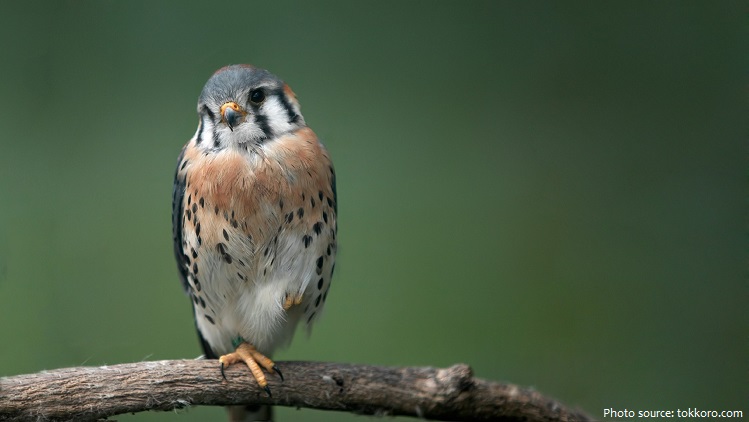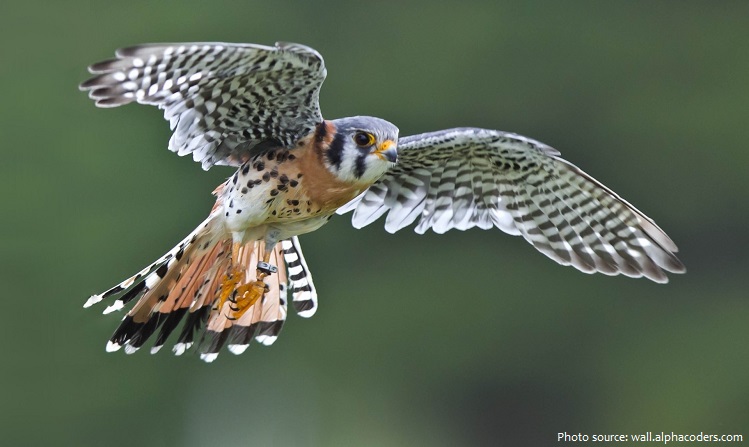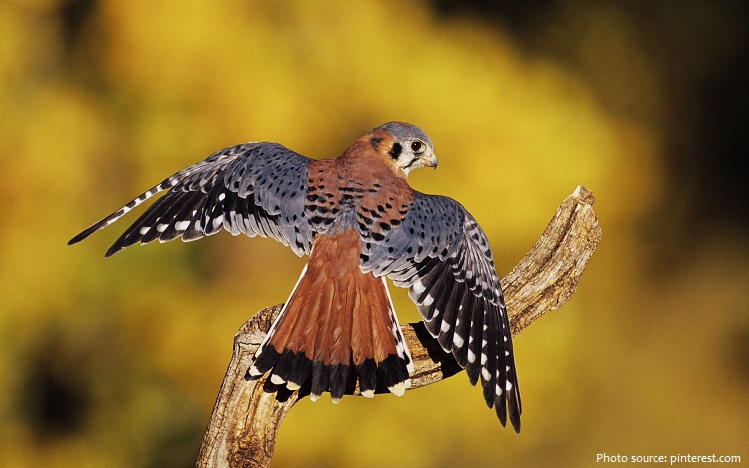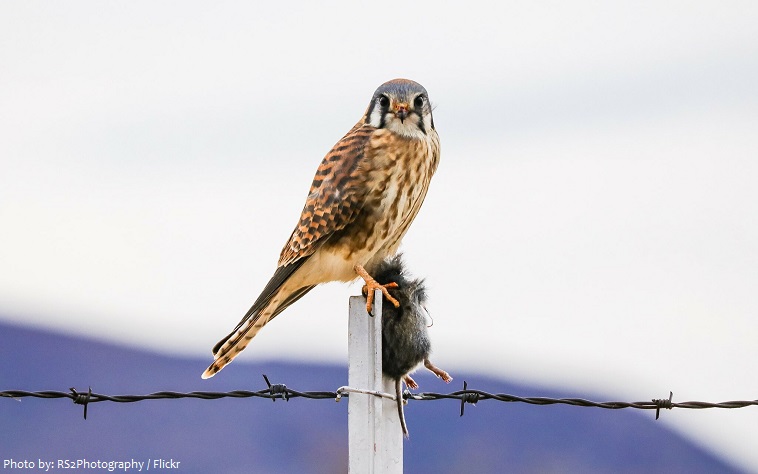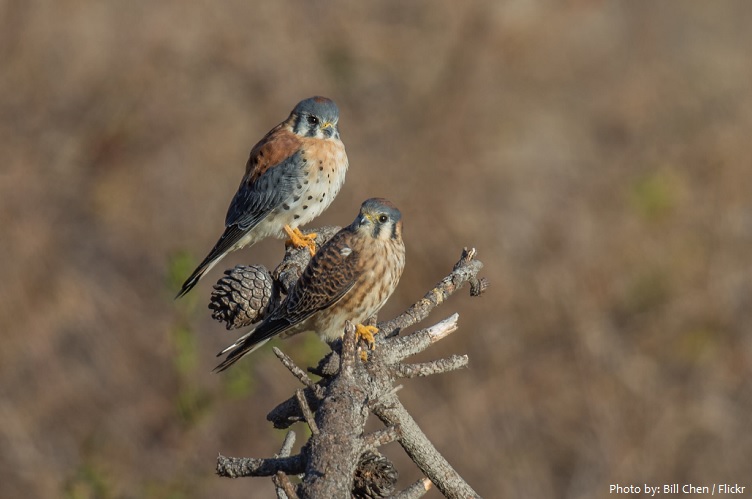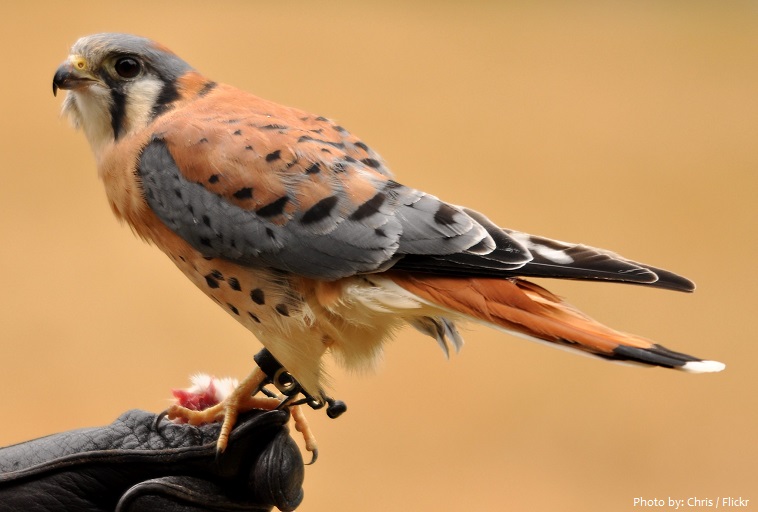The American kestrel (Falco sparverius) is the smallest and most common falcon in North America.
The geographic range of these falcons stretches from Alaska southward to the southern tip of South America.
They permanently reside in all, or parts of 35 of the 48 contiguous US states, the Gulf of California, northwest and central Mexico, and every country in South America except Brazil.
American kestrels are highly adaptable. They can be found in almost every habitat type within their range including fields, cities, deserts, plains, mountains, and tropical lowlands.
The average lifespan of the American kestrel is about 5 years in the wild. The oldest banded wild bird was 11 years and 7 months, while captive kestrels can live up to 14–17 years.
The American kestrel is the smallest raptor in America. The bird ranges from 22 to 31 cm (8.7 to 12.2 in) in length with a wingspan of 51 to 61 cm (20 to 24 in).
The American kestrel is sexually dimorphic, although there is some overlap in plumage coloration between the sexes.
Males exhibit blue-gray wings and crowns, while females have reddish-brown wings and crowns.
In flight, kestrels have a diagnostic flight pattern of quickly alternating between rapid wing beating and gliding. With proper lighting, their colorful plumage can further aid in positive identification.
American Kestrels are opportunistic hunters that forage in open areas with short vegetation. They are “sit-and-wait” perch hunters, commonly seen on utility lines along roadsides. They are also efficient at “hover hunting,” flapping their wings in mid-air and hovering above fields while in search of prey.
American kestrels feed largely on small animals such as grasshoppers, dragonflies, lizards, mice, voles, and small birds. The kestrel has also been reported to have killed snakes, bats, and squirrels.
They have three basic vocalizations – the “klee” or “killy”, the “whine”, and the “chitter.”
American kestrels are solitary birds, with the exception of pair-bonding during mating season.
Some, but not all, populations of American kestrels are migratory.
Breeding season differs with geographic location, but mostly occurs from early spring to late summer. In North America, the breeding season ranges from mid-April to mid-June.
American kestrels are monogamous falcons that establish pair-bonds. Courtship begins early in the breeding season, after a nesting site has been established. Pairs bond with courtship rituals, such as aerial displays and courtship feeding. Their average gestation period is 30 days. One brood consists of 3 to 7 eggs, with an average of 4 or 5. Fledging occurs about 30 days after hatching, and they become independent from their parents about three weeks after fledging.
Seventeen subspecies of the American kestrel are recognized, generally based upon plumage, size, and vocalizations.
The American kestrel is a common bird used in falconry, especially by beginners.
Though not as strong a flyer as many other, larger falcons, proper training and weight control by the falconer allows many American kestrels to become effective hunters of birds in the size range of sparrows and starlings, with occasional success against birds up to approximately twice their own weight.
In the United States, American kestrels and red-tailed hawks are the only birds permitted to be used by beginner falconers.
The American kestrel is the only New World species termed “kestrel.”
